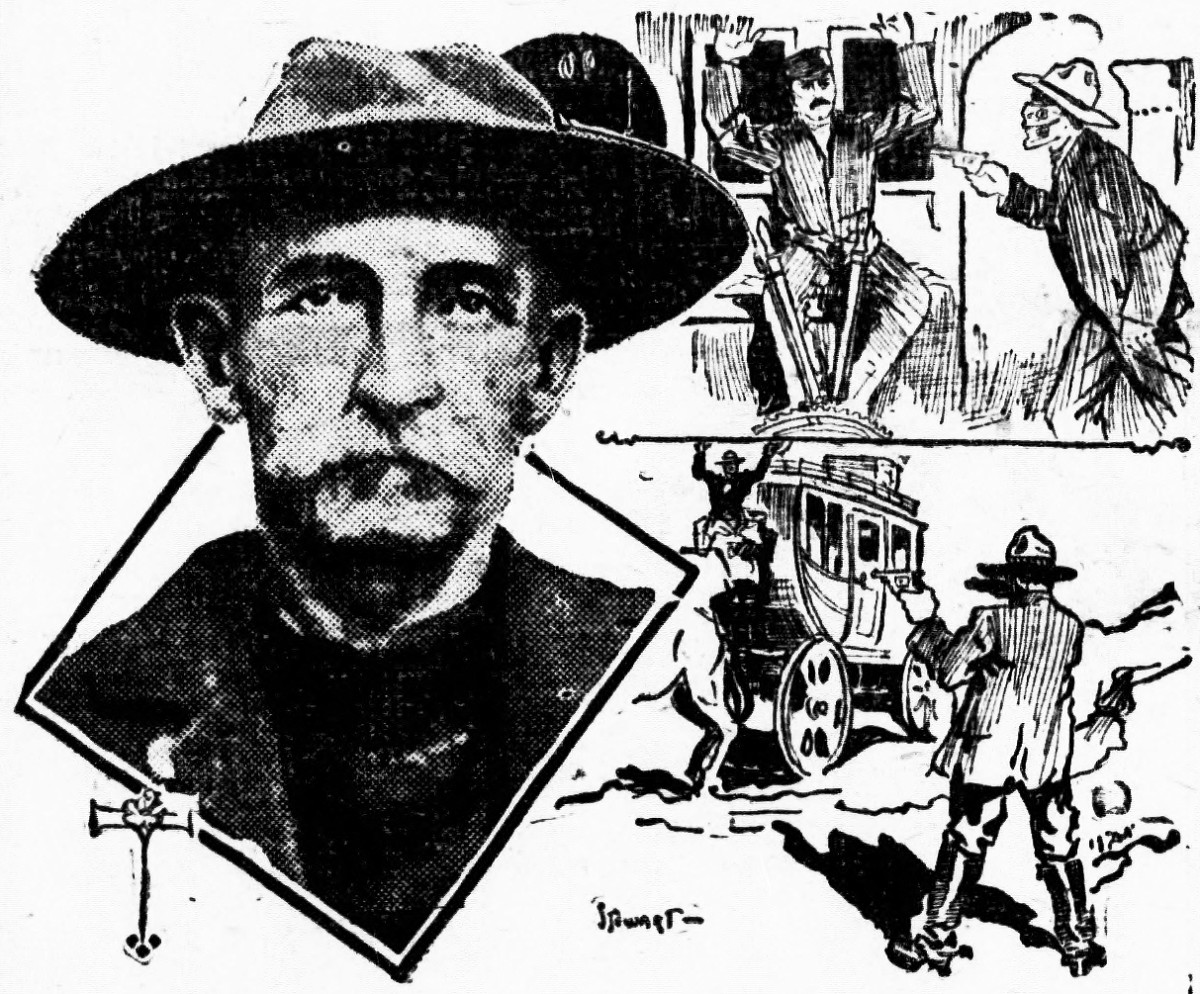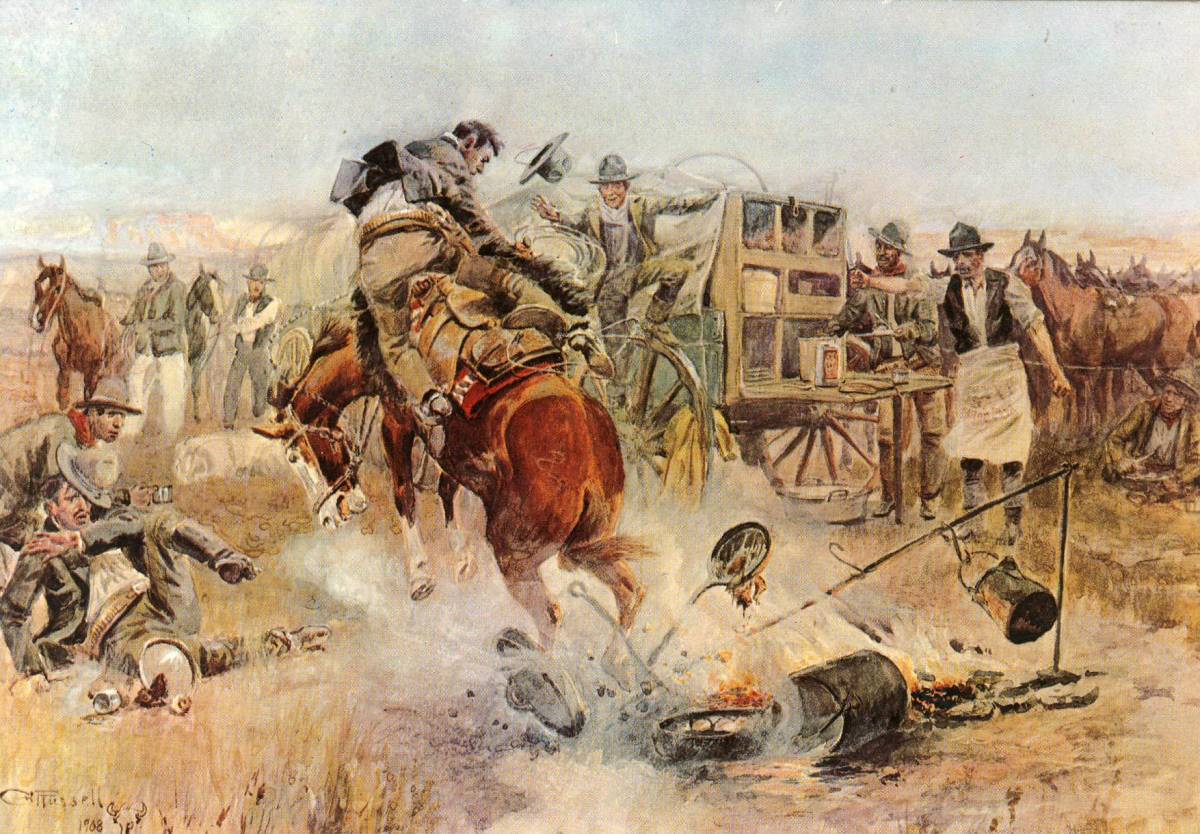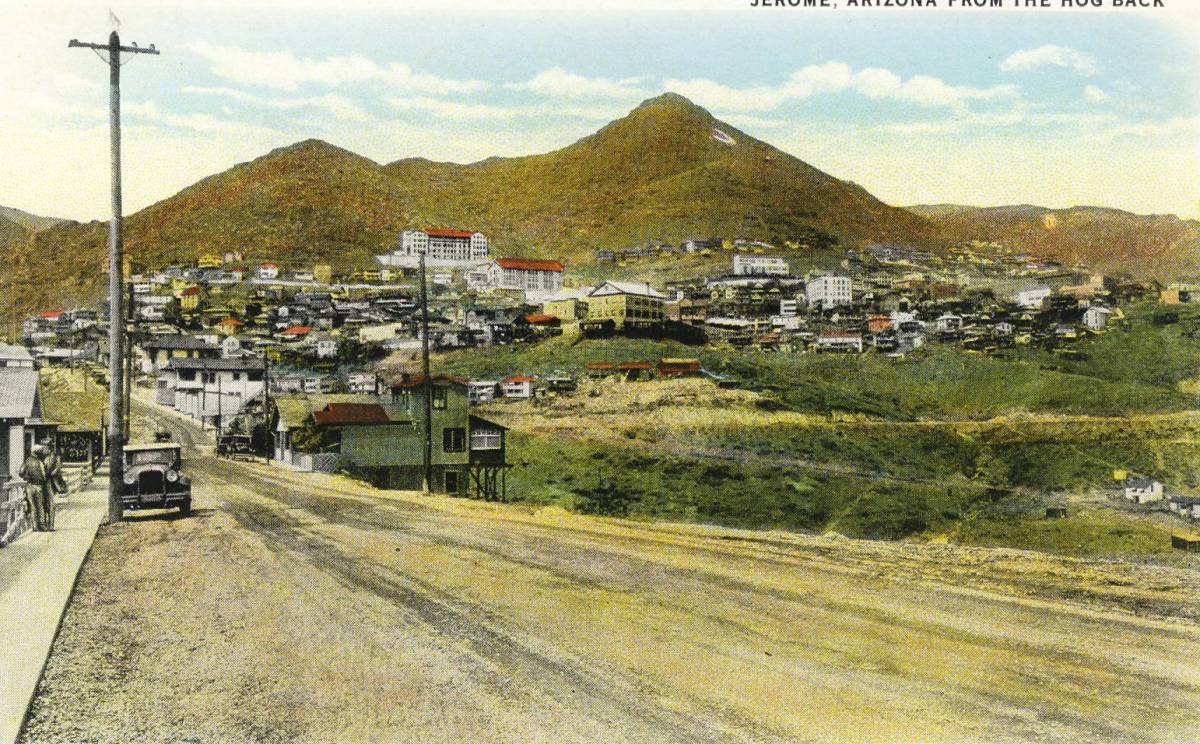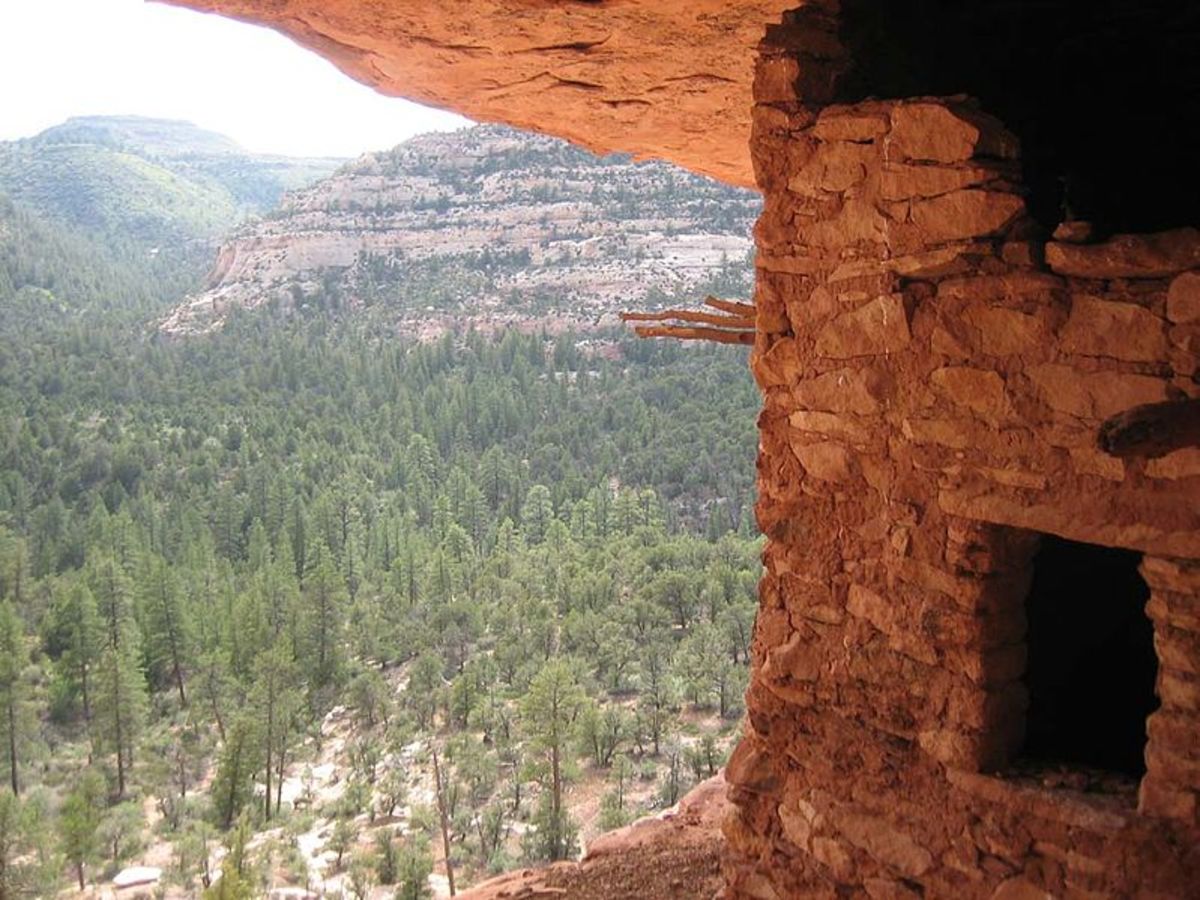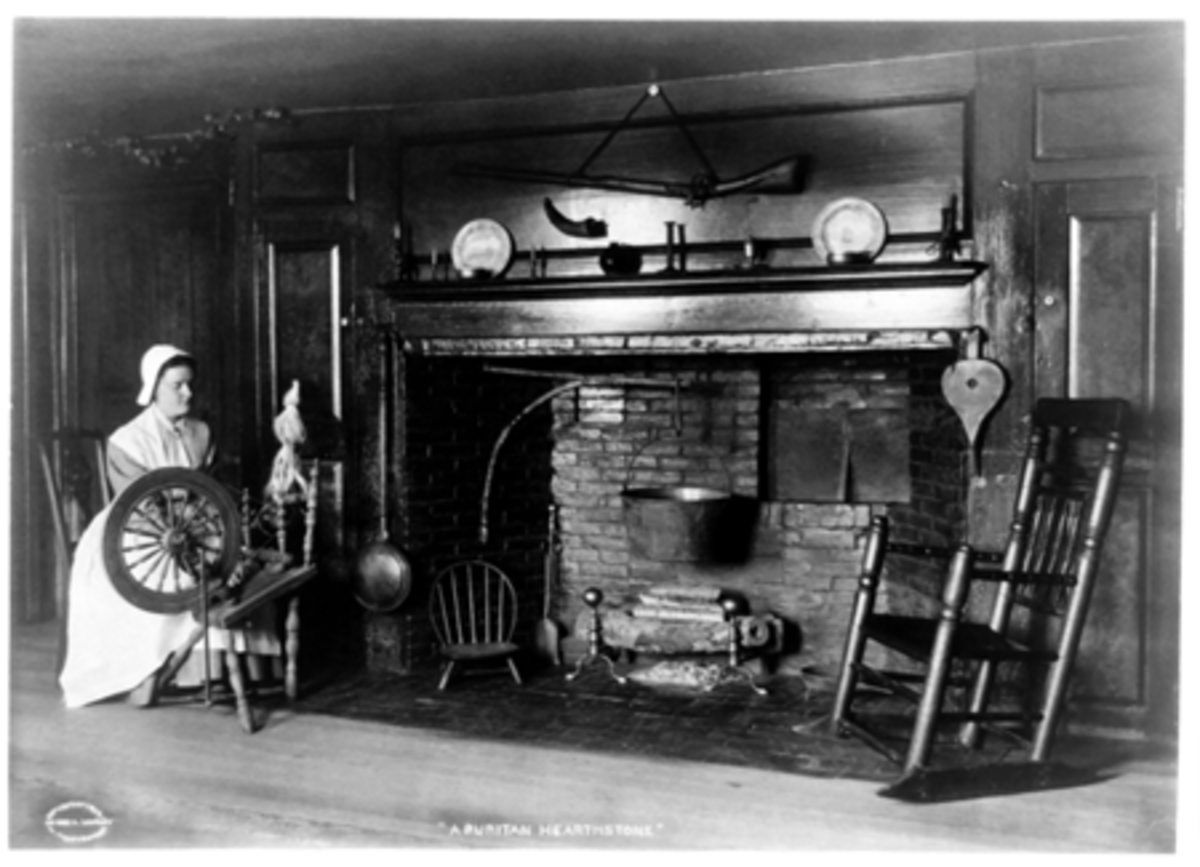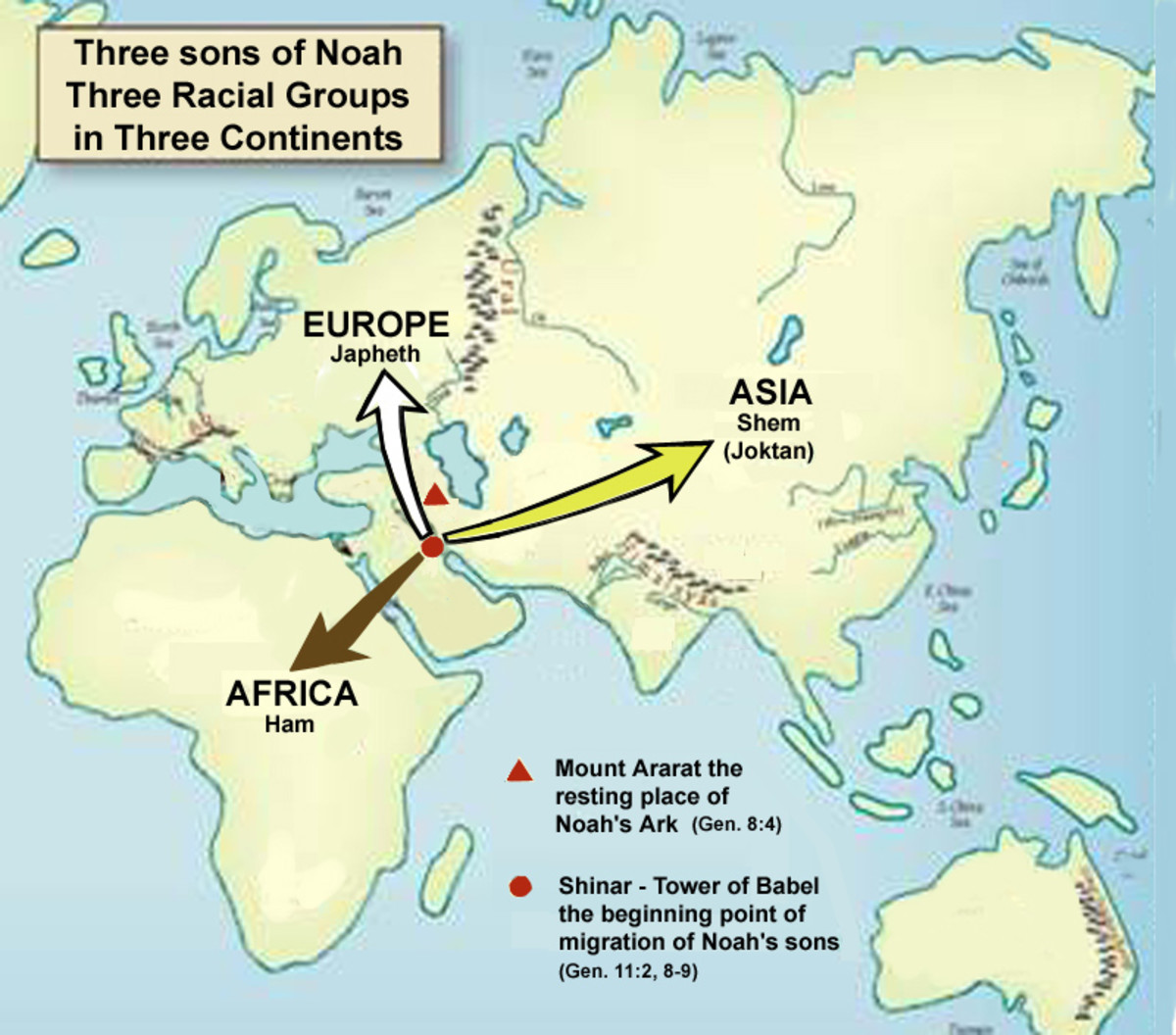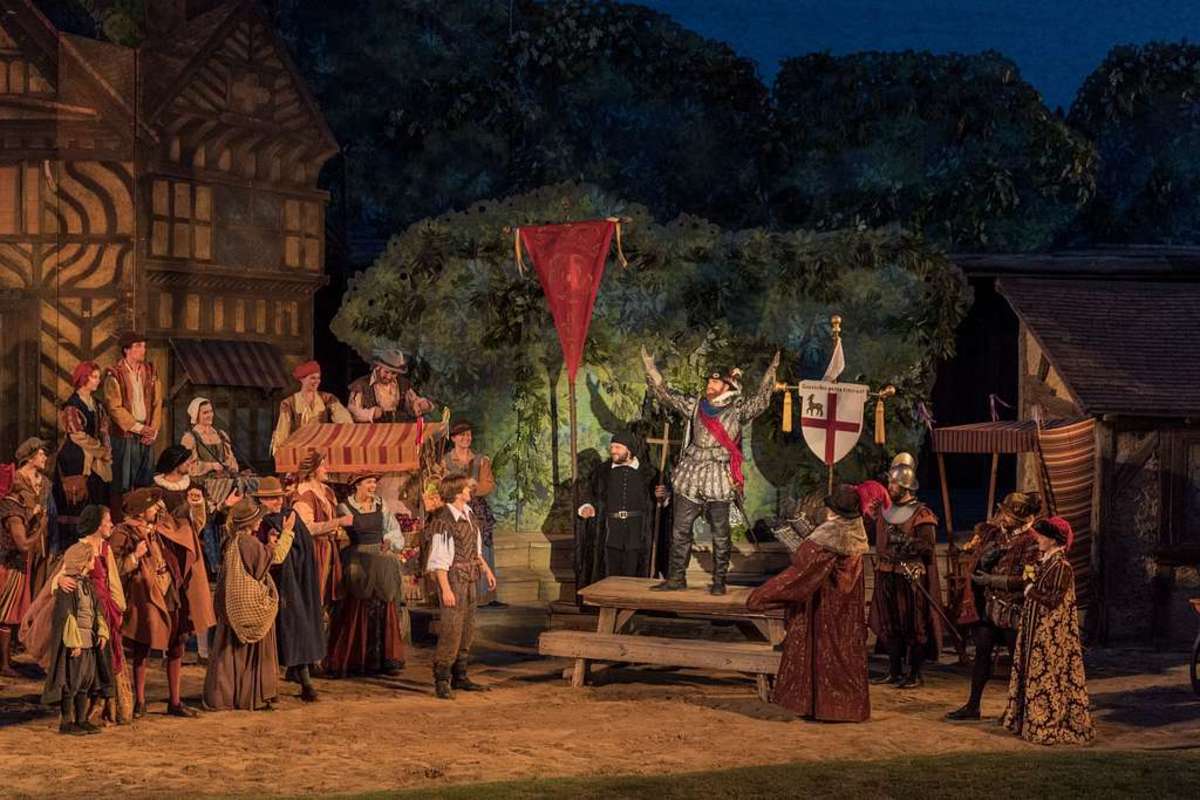- HubPages»
- Education and Science»
- History & Archaeology»
- History of the Americas
Kit Joy: Cowboy Turned Outlaw
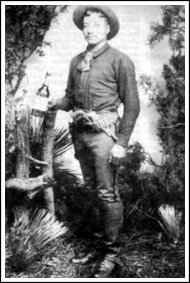
Christopher "Kit” Carson Joy (1860-1926) was a cowboy turned outlaw in Grant County, New Mexico, during the early 1880s. But that name was a bit much for anyone to utter and he simply shortened it to "Kit” Joy. He wasn’t the most famous train robber of his day. In fact, the Kit Joy gang only robbed one train. Surprisingly, it was a snippet of a newspaper clipping which brought the gang to justice.
There were few occupations in Grant County in those years, cattle ranching, mining, gambling and fighting Apaches were the chief means of earning a living. Kit was a cowboy. Not much is known about his childhood, but it seems he first appears on the X Ranch in the Gila Wilderness working as a cowhand at about 20 years of age. And like most folks living in an environment where peaceable men were not the majority, he carried a gun.
Kit earned a meager salary of $35 a month, but the gun he carried was pearl handled, his bridle bit was made of silver and he dressed nice, but modestly. For the most part he was known as good natured, amiable and for lack of a better way to say it, incredibly curious. His curiosity would later be part of his downfall.
A humorous story is told about his curiosity. One day a tenderfoot arrived in Silver City attired in knickerbockers and stockings. That was a sight rarely seen on the frontier. Kit happened to be in town and he immediately spotted the strange sight. Those who knew Kit watched him closely, knowing at any moment, he was likely to have the greenhorn dancing in the street with good natured gun play.
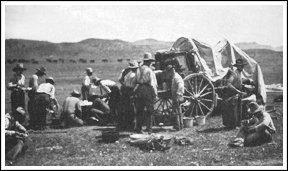
But to the disappointment of the spectators, he didn’t. Instead he fell in behind the young man and followed him about town for the better part of an hour. Finally, not being able to contain his curiosity any longer, he point blank asked the “dude” this question. “Say, mister, won’t your ma let you wear long pants?”
Kit was the stereo type cowboy, in the saddle from dawn to dusk. One night, as he was riding the lonely watch on the X Ranch herd, his thoughts turned to reflecting on his lot in life. He remembered the day in Lordsburg when he saw passengers disembark from the Overland Express. They were all well dressed and wearing expensive jewelry. He wondered what it would be like to be wealthy. His dream had been to go to San Francisco someday, where there must be numerous saloons, gambling halls…and women. However, he knew on a cowpoke’s wages, he could never afford it.
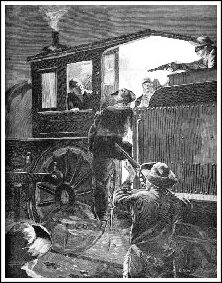
He thought about rustling some cows and making an outfit of his own. But, Kit was also impatient and knew rustling would take a long time to raise the kind of money needed to bankroll the kind of spree in San Francisco he fancied. Then he thought of the train those rich folks had been on. They all had lots of money, not to mention what might be in the express car. What about robbing a train? Of course, the law would be after him, but other outlaws had got away with it. The risk seemed worth considering. He didn’t consider long, his mind was made up. He would rob the Overland Express.
Kit knew he would need help in pulling off a job of that magnitude so he began looking for a few men in his outfit which would fill the bill. He chose two, Mitch Lee and Frank Taggart. Plans were laid to take a few days off and go to Silver City.
They each rode into Silver City separately, meeting later to purchase a few provisions. For some unknown reason, a black man with the outfit, Cleveland, rode along. Then they separated and rode out of town planning to rendezvous at a preplanned location at the Mimbres River. They met in the evening two days after leaving their herd, at Gage on the Southern Pacific Railway west of Deming. The small station was manned by one lone operator and the west-bound express was due shortly. When the train approached, the station agent was coerced at gun point to flag the train down.
But as the train slowed, the engineer saw the agent surrounded by a group of armed men. He threw the throttle wide open. Mitch killed him with a shot to the head. Mitch hopped into the cab and convinced the fireman it would be in his best interests to stop the train.
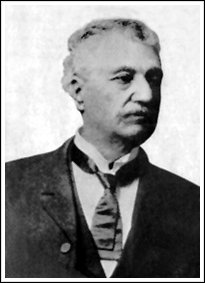
Within fifteen minutes the express car was sacked, postal car gutted and passengers robbed. The gang fled northward into the night. They hid their ill gotten booty shortly after east of Silver City. Acting as if nothing had happened they nonchalantly sauntered into a local saloon and joined a Monte game. The next afternoon they rejoined their outfit and waited for the heat to die down.
Lawmen from Silver City, Deming and Lordsburg, led by famed Grant County Sheriff Harvey Whitehall, were soon on the trail. But, there were no clues of where the culprits had gone. The trail had disappeared in the sands of the Mimbres Road.
Days later, Sheriff Whitehall was riding some distance from Gage when he spied a fragment of a Kansas newspaper. He remembered this paper was published in Silver City. Hurrying back to town, he asked a merchant he knew if he had given a copy to anyone, he being one of its few subscribers. He recalled he had, about the same time as the robbery. He had wrapped some provisions in a piece of the newspaper for a black man named Cleveland and a white man he didn’t know…finally, a clue.
Two days later Whitehall found Cleveland in a Socorro restaurant. Using a ploy he had successfully used in the past, Whitehall told him his pals were arrested and had confessed to robbing the train, but had pointed him out as the one who had killed the engineer. Cleveland vehemently denied taking part in the robbery but knew who did it. He fingered Mitch as the man who shot the engineer. Cleveland was arrested anyway and tossed into the Silver City hoosegow. Within a few days, Kit, Frank and Mitch were captured on the Gila River and jailed, along with Cleveland.
However, several weeks later they escaped along with two other prisoners, a man wanted in Arizona and a Mexican horse-thief. They seized and bound the guard, then armed themselves with firearms from the jail office. The six desperados dashed into a neighboring livery stable, stole some horses and rode out of town, shooting at everyone in sight. A few decided to shoot back and Cleveland's horse was shot and killed before getting out of town. One of his pals returned through the hail of gunfire to pick him up.
Within minutes a small posse was in pursuit. Five miles out of Silver City, in the Pinon Hills, they were close enough to force the outlaws to jump from their horses and seek refuge in a thicket.
One man was sent back to guide the sheriff's party of seven which wasn’t far behind. Bullets rained into the underbrush, but there was no return fire. The posse rode head on into the thicket to find the Mexican dead of a shot to the head. The bandits had temporarily escaped, but their trail was shortly picked up leading up into a canon.
The posse split up and before long, their quarry had all been killed except for Kit and the man wanted in Arizona, who had apparently escaped and was never seen again. With Cleveland, Lee, and Taggart dead, Kit was now alone. Had Kit rode on, he might have escaped. But his curiosity about what would happen and the fact the treasure was still buried in the area kept him hanging around.
There was only one man Kit trusted, a rancher named Racketty Smith. One day, peering out from his hiding place Kit saw Racketty going along the road. Kit hailed him as he approached and was shocked when his supposed friend leveled a rifle at him. Kit promptly tried to jump back into his hiding place but a shot from Racketty shattered his left leg and brought him down. The damage was so severe Kit’s leg had to be amputated just above the knee.
In November, 1884 he stood trial and was convicted of second-degree murder. He was imprisoned at Santa Fe, where he served 12 years and learned the tailor’s trade. In March, 1896 he joined his mother near Kingston, New Mexico, and opened a tailor shop.
Around 1900, they moved to Arizona at Fort Huachuca and opened another shop. His mother died in 1911, at which time he moved to Buena, Arizona, and continued his trade as a tailor. Later on, during Prohibition, he and a partner went into the moonshine business. He was arrested in May, 1926 and sentenced to time in the county jail. Kit was released in November, 1926.
He entered the Cochise County hospital at Douglas, Arizona suffering from influenza and pneumonia and died on April 14th 1936 at the age of 76. He was interred at the Bisbee-Lowell Evergreen Cemetery.

